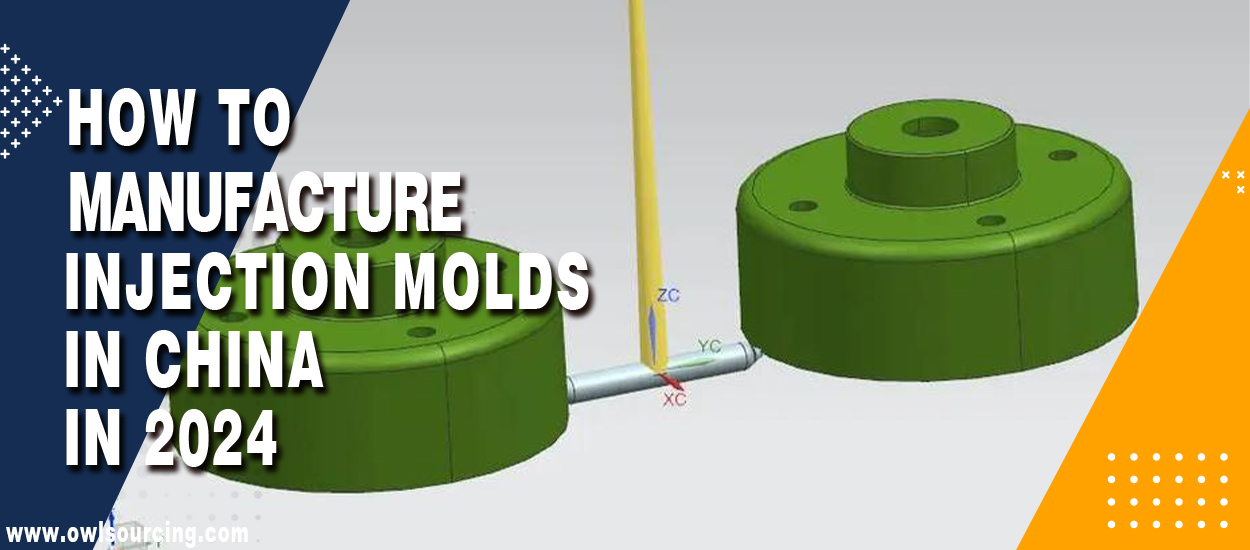Manufacturing Products with Injection Moulds in China
We often talk about the top products imported from China. However, many importers also buy services and solutions.
Injection moulding is now a common name in manufacturing. It involves injecting molten plastic into a metal mould to make products. It has become a popular manufacturing technique in industry.
People importing products from China often think about making custom products. That’s where injection moulding services can come to help.
However, the sourcing process requires a lot of attention. Moreover, many steps are involved to ensure all the moving parts work. This article explores everything needed to make injection moulds in China.
Key Highlights!
- Injection moulding is compatible with over 25,000 unique materials. It can create everything from automotive parts to medical equipment and toys.
- Did you know there are two main types of injection moulding systems? The cold runner system offers low costs. Likewise, the hot runner system provides fast production and less waste. So, which one suits your manufacturing needs?
- Have you considered how many production cycles your project requires?
- Is injection moulding the right choice for your production scale?
- You can get affordable injection moulding solutions with the help of a China sourcing service.
Keep reading this China injection moulding guide for an overview of the process.
An Overview of Injection Moulding and Its Potential Uses
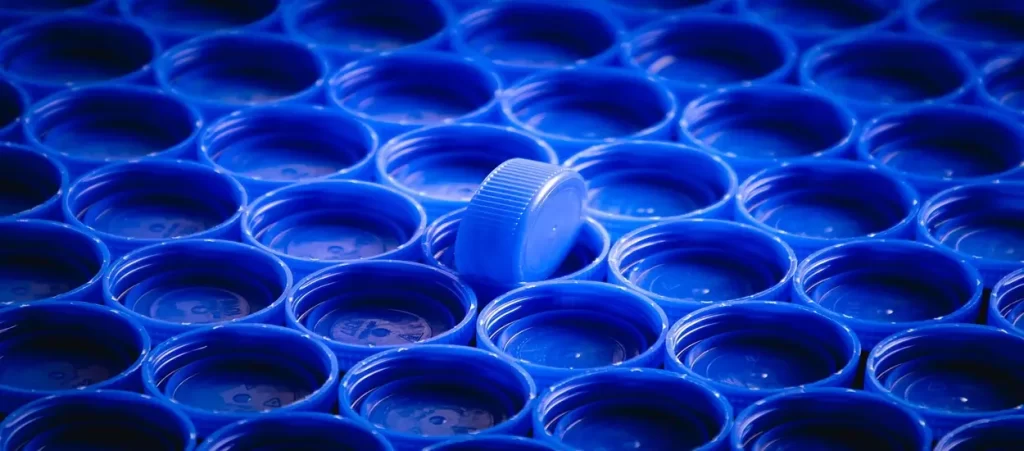
Many manufacturers now rely on injection moulds for their products. It is a process that creates various goods by injecting molten plastic.
The moulds are typically made of solid materials, such as aluminium and steel. Moreover, you can trust the technique to deliver enormous amounts of plastic products.
To fully grasp how to manufacture plastic injection moulds in China, you need to know what it does. The injection moulds have a wide range of applications. Here are the common examples across the different sectors:
| Industry | Injection Moulding Application |
| Automobile | Plastics for the exterior and interior of the automotive industry |
| Electronics | The housing of devices such as smartphones and remotes. |
| Medical Equipment | Creates medical equipment such as syringes and others |
| Toys | You can create simple toys with an injection mould |
Note: It is the best method if you prefer to buy from a Chinese factory directly. You can make many different designs as long as you get a custom mould design in China.
Benefits of Sourcing Injection Moulding from China
Many Chinese manufacturers flock to Injection moulding. What is the appeal, and why is it a favoured pick for many importers?
Chinese manufacturers have invested heavily in equipment and quality control processes. They have decades of experience in plastic manufacturing.
Key Benefits of Sourcing Injection Moulding from China:
- Lower labour and operational costs work in your favour. You get better pricing without compromising quality.
- Chinese manufacturers have well-established networks of material suppliers. It ensures efficient production and smooth global sourcing.
- They can handle both small-batch productions and high-volume orders.
How Does Injection Manufacturing Moulds in China Work
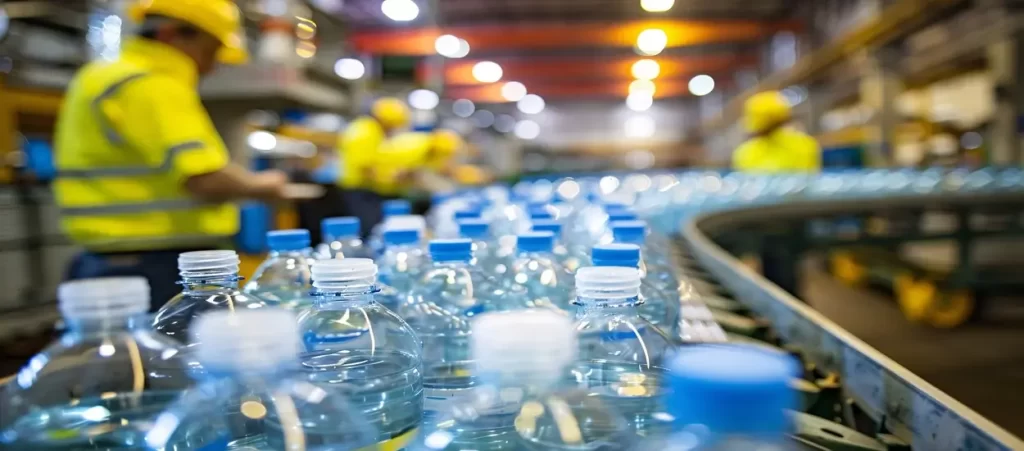
To the elephant in the room, the mechanism of the admirable injection mould. This manufacturing technique has boggled many minds. Today, we take a closer look at how it functions to get insights on how to approach it.
It has a process similar to the die-casting process. Its entire cycle is done within a couple of minutes. Here are the five simple steps that Chinese mould manufacturers follow:
1) Clamping
Spray the two halves of the injection mould with release agents. This spraying ensures a seamless release later. However, depending on the plastic you are using, you might not have to add a release agent.
Then, they shut the injection mould. Both moulds usually come attached to the manufacturing machine. One of the halves is fixed in place, while the other can slide to facilitate ejection.
2) Injection
Now, it is time for the injection. The molten plastic is poured into the mould cavity quickly and with loads of pressure. The amount of molten plastic injected into the mould is commonly known as a shot.
3) Cooling
Everything has to be cool. Water cooling aids the molten plastic in solidifying and cooling quickly. This process usually takes about 60% of the entire manufacturing time.
4) Eject
After cooling, ejection is the ideal next step. This process requires the release agent from the first step for a smooth release. Hence, the rule of thumb is to start with the release agent so the ending is less strenuous.
This step ends the cycle, and now the recurrent cycles can follow. Note that the recurrent cycles are just a repeat of all the first steps I have listed.
5) Post-production
While the ejection ends the cycle, manufacturing doesn’t end there. Finishing is necessary to ensure the products reach the desired nature. The post-production steps include several crucial steps.
Plastic varies in function, and the function often depends on specific customisations. Moreover, you might also need to paint or powder coat the product.
Current Techniques: Injection mould factories in China incorporate
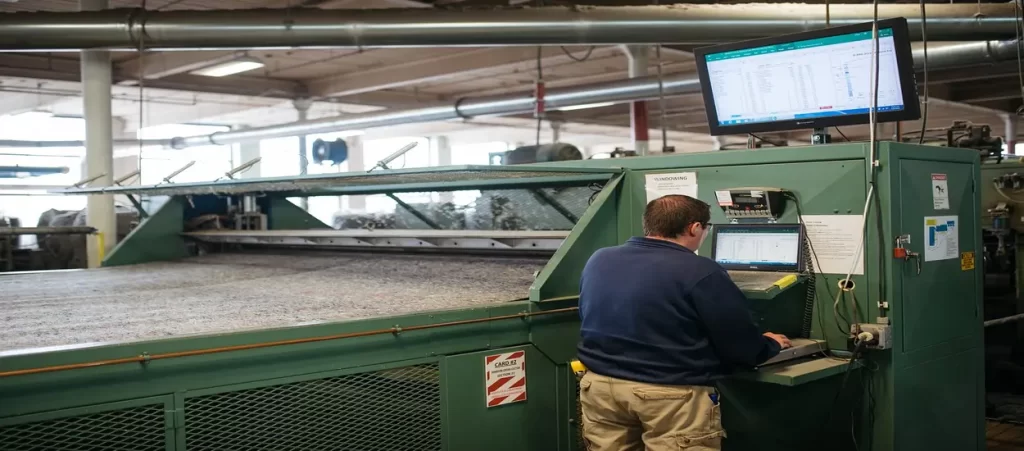
Two main injection mould manufacturing techniques in China exist: hot and cold runners.
Moreover, they have applications that they are better suited for. But so you don’t get lost, let me explain what runners are. The term “runners” refers to channels that transport molten plastic to the mould cavity.
1) Cold Runner System
This technique is the more traditional of the two. The molten plastic enters the mould through a channel known as spruce. Then, the molten plastic eventually makes it to the mould cavity.
The runners aren’t hot. Hence, when the molten plastic is poured through them, much of it sticks to it. Therefore, after each cycle, there is always a need to scrape off the excess plastic.
| Pros | Cons |
| Lower costs (tooling and maintenance)
It accommodates more plastic types Most flexible with changes in design and colour |
Much slower production rate
Less production volume Increased waste rate More chores, as it often requires the need for excessive plastic removal Limited in terms of size The cold runner system is more suitable for electronic casing and keyboards. |
2) Hot Runner System
The hot runner system leverages heated channels. Hence, the molten plastic stays melted in the runners. This technique prevents the plastic from attaching to the runners and excessive waste.
| Pros | Cons |
| Quicker productions
Less waste, and ultimately, less post-production chore Needs less pressure Capable of higher volumes and large parts |
Requires more tools and maintenance
Select compatible plastic types It might lead to slight colour changes in products More expensive parts The technique works for bottle covers, packaging, and phone cases. |
Technology has introduced some upcoming techniques. I have seen many Chinese suppliers adopting these techniques. So, I will also provide a concise overview of how these techniques are set to work:
- Insert Moulding: This technique involves moulding plastic around an insert. It is quick and effective and is often used to produce syringes and wires.
- Overmolding: This is adding molten plastic over existing material, like insert moulding. It is known as two-shot moulding as it has two processes. Overmolding differs from insert moulding in how the insert is inserted. This technique produces more colourful results.
How to Source Injection Moulding from China?
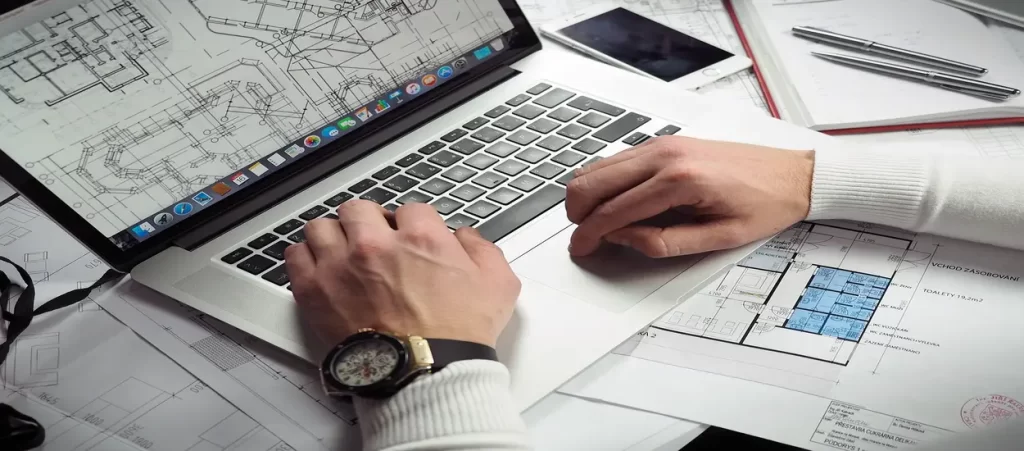
I suggest you follow these systematic steps when sourcing injection moulding services from China. It will help ensure a successful partnership with Chinese suppliers.
Step 1: Define Your Requirements
Create detailed specifications for your product. It can include material requirements, dimensions, and expected production volumes. You can also research industry standards and ensure the design is optimised.
Step 2: Find Qualified Chinese Manufacturers
You can find a manufacturer in China through various platforms. Contact manufacturers with relevant certifications, like ISO 9001.
Step 3: Work with a Sourcing Agent
You will find many injection moulding service providers in China. However, only a few of them are genuine. Consider partnering with a professional China sourcing agent who understands this field. An agent can verify China vendors and handle quality control in China.
Step 4: Request Quotes
Send your specifications to the shortlisted manufacturers. If hiring an agent, you can submit all requirements to their team. With this, you can request detailed quotes.
You can also ask for sample products or previous work examples. It will help you evaluate their manufacturing quality. Remember, ordering samples is easier when you hire a sourcing agent.
Step 5: Verify and Visit
You must check the business licenses and references of the selected manufacturers. If possible, arrange a factory visit. Hiring a sourcing agent is beneficial here as well. An agent performs a third-party quality inspection in China to verify manufacturing units.
Step 6: Negotiate Terms and Contracts
Clearly define all terms involved in any general contract, including;
- Pricing
- Quality standards
- Delivery schedules
- Intellectual property protection
Step 7: Track Production and Quality
Ensure you execute quality control measures throughout the production process. An agent will conduct regular audits and ensure consistency.
As you can see, hiring a sourcing agent will solve the majority of problems. Injection moulding is a vast field that needs someone expert working on the ground for you. OwlSourcing will do this for you.
Owlsourcing connects you with the leading injection moulding companies in China
All steps of the process are supervised by our sourcing experts, right from verifying the quality of raw materials to ensuring strict compliance with industry standards.
Apart from quality control, we help you establish long-term relationships with reliable Chinese manufacturers, providing a stable supply chain to drive your business growth, including Amazon FBA businesses.
We also negotiate the best price based on order quantities, technical specifications, and product applications.
With years of experience under its belt, OwlSourcing is a master at helping international businesses successfully produce and source products from China.
Contact us now and make your sourcing easier and maximise cost-efficient, high-quality production.
Read More:
- Customs Clearance in China
- Metal Stamping in China
- Injection Moulding Cost in China
- Best Practices for Sourcing Die-Cast Components from China
Final Thoughts!
Injection moulding is a manufacturing technique that holds a lot of promise. It has incredible potential, like being compatible with over 25,000 materials. You might know this already if you are involved in plastic products sourcing from China.
However, you must be aware of the upfront costs. Getting a mould can be challenging.
Our team can help set up sourcing injection moulds in China for the best product quality. Contact us today to connect with the China mould suppliers you need. You need not worry about maintenance and other concerns, and get top-quality products.
FAQs:
1) What Is the Most Used Material with Injection Molds?
The title for the most commonly used material in the injection mould goes to nylon, a polymer fabric. Nylon is widely used because of its different nature.
2) How Long Can I Use An Injection mould?
The life expectancy of an Injection mould varies with the type you get. Typically, each injection mould can withstand from 500 to 1 million cycles. The number of cycles depends on the class of the injection mould. Moreover, the material used also plays a crucial role.
3) What are the Downsides of Injection Molds?
Injection moulds are costly to set up and often demand skilled workers to handle them. The Cost of injection moulds in China makes them ineffective cost-wise. Also, they require skilled hands, and injection mould quality control can be a hassle.
4) How Do I Clean My Injection Moulds?
You can clean your injection moulds with chemical or laser cleaning. However, we recommend you hire a professional to ensure the mould gets the right maintenance.
5) What Is a Good Alternative to Injection Molds?
Addictive or 3D printing are great alternatives to injection moulds. Undoubtedly, injection mold upfront costs can be terrifying. These options are suitable alternatives.

